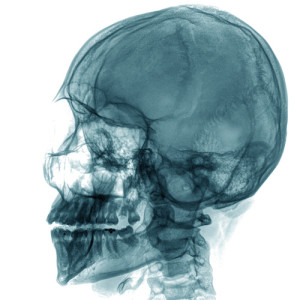TMD is literally a pain in the jaw—it is often difficult to diagnose temporomandibular joint disorders (TMD) for various reasons. With a less than clear understanding of the causes and exact symptoms affecting TMD and the surrounding muscles, healthcare professionals may be hesitant to diagnose TMD. However, there are some clear signs, symptoms and causes of TMD. Take a look:
Symptoms and Causes of TMD
Our Location
410 Rosedale Court, Suite 170,
Warrenton, VA 20186
540-717-9819
TMD Symptoms
Symptoms of TMD are characteristic of a number of other conditions, which makes diagnosis often very difficult—it can easily be mistaken for other conditions. Some other symptoms that might mimic the characteristics of TMD include:
- Toothache
- Sinus infection
- Ear infection
- Facial neuralgias
- Myofascial pain
- Headaches
If pain in the jaw area is being experienced, tests will often be recommended to rule out or confirm the presence of any conditions, including TMD.

The Causes of TMD
When you are at risk, it increases your likelihood of getting a disease or condition. It is possible to develop TMD with or without the risk factors listed below. However, if you have a number of the risk factors listed, it is important to ask your dentist what you might be able to do to reduce your risk. Some causes or risk factors of TMD might include:
Stress – If you are under a lot of stress in your life, you may have an increased risk of TMD. Some of the stress-related habits that may increase your risk of TMD are:
- Habitually clenching and unclenching your jaw.
- Grinding your teeth during the day and/or night in your sleep.
- Constantly chewing things, such as gum or ice.
Medical Conditions – There are various medical conditions that can also increase your risk of TMD, including:
- Misaligned teeth or bite
- Jaw or facial deformities
- Arthritic conditions
- History of jaw or facial injuries
Gender – Both men and women may suffer from TMD, but women account for 90 percent of those that seek treatment. Research continues to be completed to determine a possible connection between hormones and TMD, indicated sometimes that men and women process pain signals differently. However, there is no evidence to prove this claim quite yet.
Age – Age can also play a factor in a person’s risk for developing TMD. Individuals with TMD are most likely to be between the ages of 30 and 50 years of age. This does not always mean a person will develop TMD, but they are more likely.
Injury – Trauma or injury to the jaw area can translate to long-term issues. TMD may develop if an injury causes dislocation of the jaw joint or movement of the disc and if muscles of opening and closing the jaw are weakened or strained, among other complicating jaw conditions.

While most cases of TMD cannot be cured, there are treatment options available to help prevent the worsening and pain. The underlying cause of TMD does not need to be known to provide quality care for a patient diagnosed with TMD.
Contact Dr. Bonnie Foster for more information on TMD and how you can take charge of your pain.
